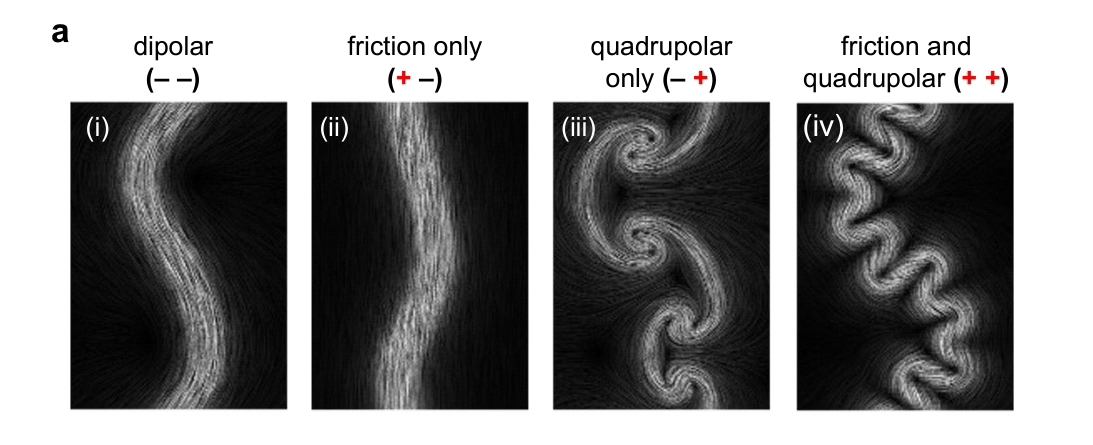AA << study the relative movement of groups of two (pairs) and four (tetrahedra) Lagrangian particles using direct numerical simulations of the stably stratified Boussinsesq equations, with Brunt-Väisälä frequency 𝑁 and Coriolis parameter 𝑓. >>
<< In all cases considered, (AA) demonstrate that the relative particle motion differs depending on whether dispersion is considered forward or backward in time, although the asymmetry becomes less pronounced when stratification and rotation increase. On the other hand, the strong fluctuations in the dispersion between two particles become more extreme when 𝑁 and 𝑓 increase. (They) also find evidence for the formation of shear layers, which become more pronounced as 𝑁 and 𝑓 become larger. Finally, (They) show that the irreversibility on the dispersion of a set of particles initially forming a regular tetrahedron becomes weaker when the influence of stratification and rotation increases, a property that (They) relate to that of the perceived rate-of-strain tensor. >>️
<< Unexpectedly, (AA) observe that the higher moments of particle separation, in particular the normalized fourth-order central moment of the separation (the kurtosis Kr) is an increasing function of stratification and rotation. This is surprising, as when stratification increases the turbulent fluctuations are expected to be weaker, (..) >>️
Sebastian Gallon, Fabio Feraco, et al. Multiparticle dispersion in rotating-stratified turbulent flows. Phys. Rev. Fluids 10, 034605. Mar 17, 2025.
Also: particle, turbulence, disorder & fluctuations, in https://www.inkgmr.net/kwrds.html
Keywords: gst, particle, turbulence, disorder, fluctuations







